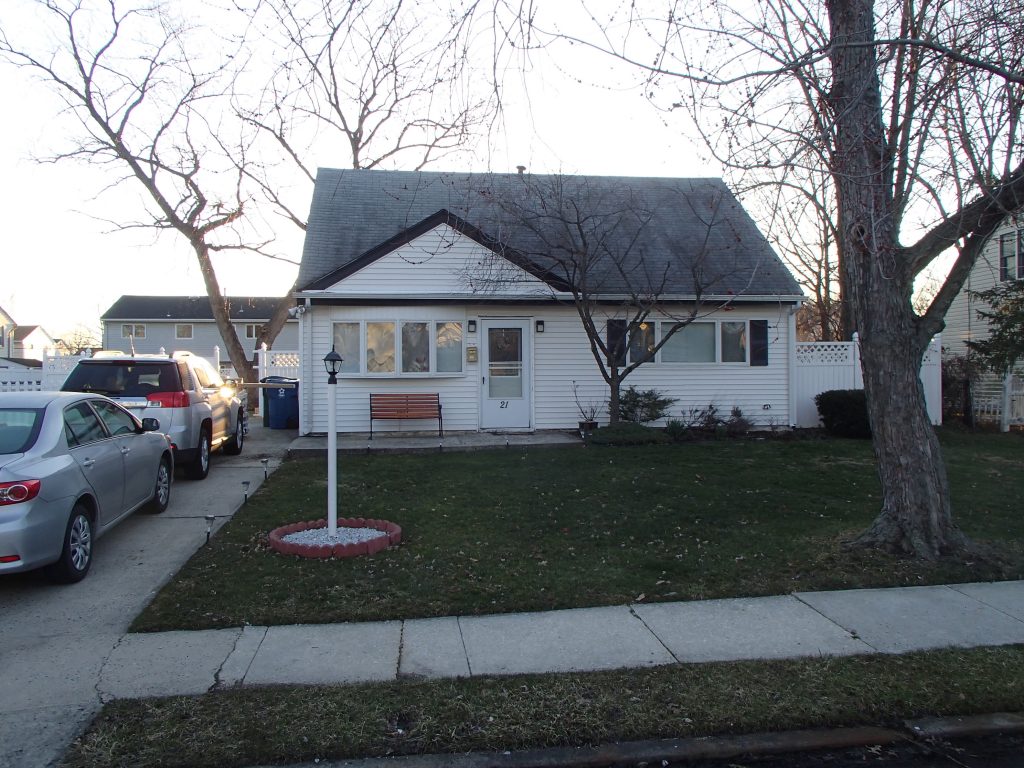Hazlet, New Jersey Location and History
Monmouth County is home to the township of Hazlet, New Jersey. Due to its strategic location and rich history, the township has transformed from an agricultural community to a suburban township that is now an important part of the surrounding landscape.
Early Settlement and Development
The Lenape Native Americans first inhabited the area that is now Hazlet. The rich soil and resources of the Raritan Bayshore drew European settlers in the late 17th and early 18th centuries. The mainstay of the early economy was agriculture, with settlers cultivating crops like potatoes, corn, and wheat as well as rearing livestock.
Hazlet’s early development was sluggish, as was the case with other rural towns in the area. Nonetheless, more planned development started when the township—originally known as Raritan Township—was established in 1848. In 1967, the town’s name was changed to Hazlet Township in remembrance of Dr. John Hazlett, a well-known local physician and landowner who made significant contributions to the community.
Agricultural and Industrial Growth
The main sector of Hazlet’s economy remained agriculture throughout the 19th century. It was perfect for farming because of the rich soil and temperate climate, and local farmers supplied produce to markets in neighboring cities. The township’s proximity to Raritan Bay made it easier to transport goods by boat, which boosted the local economy even more.
Apart from agriculture, small-scale industries started to emerge. The community gained jobs and local agricultural products were processed by the mills and factories that were built. The development of railroads in the middle of the 19th century helped to expand the local economy by facilitating the transportation of goods and drawing in new citizens.
Suburbanization in the 20th Century
Significant changes were brought to Hazlet in the early 20th century. The township was a rural agricultural community before roads were built and the automobile was invented; these developments turned it into a suburban residential area. For those who worked in New York City and other surrounding urban centers, Hazlet became more accessible with the construction of the Garden State Parkway in the 1950s.
Hazlet saw a suburban boom following World War II as a result of an influx of returning veterans and their families looking for new residences. Farmland became neighborhoods as a result of the emergence of residential developments. After that, schools, shopping malls, and community facilities were built, transforming Hazlet into a contemporary suburban township.
The development of the Hazlet Train Station on the North Jersey Coast Line provided a convenient commuting option for residents working in New York City, further enhancing the township’s appeal as a residential area.
Geographic Location
Hazlet occupies an area of about 5.7 square miles and is situated in northern Monmouth County. Several municipalities border it, including Keyport to the north, Middletown to the east, and Holmdel to the south. The township benefits from both modern conveniences and historical significance due to its proximity to Raritan Bay.
One of the main contributing factors to Hazlet’s development has been its location. The township enjoys convenient access to the rest of New Jersey and New York City due to its strategic location close to several important transportation routes, such as the Garden State Parkway, Route 35, and Route 36. The township’s overall growth, business, and commuter traffic have all benefited greatly from this connectivity.
Hazlet is characterized by a mix of residential neighborhoods, commercial areas, and natural spaces. Parks such as Veterans Memorial Park and Natco Lake Park offer residents access to outdoor recreation and contribute to the township’s community-oriented atmosphere.
Current Day Hazlet
Currently, Hazlet is home to about 20,000 people from a diverse range of backgrounds. It is renowned for having a vibrant local economy, first-rate public schools, and a wide range of independent stores. The township offers its citizens a great quality of life by skillfully juggling growth with the preservation of its suburban charm.
Professional services, retail, healthcare, and education all contribute to the local economy in Hazlet. Major retail establishments like the Hazlet Town Center are indicative of the township’s status as a hub for regional commerce.
Hazlet continues to evolve, with ongoing development projects aimed at improving infrastructure, expanding community services, and promoting sustainable growth. The history and geographic significance of Hazlet, New Jersey, highlight its transformation from a rural settlement to a modern suburban township, reflecting the broader trends of development in the region.


